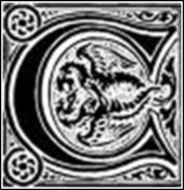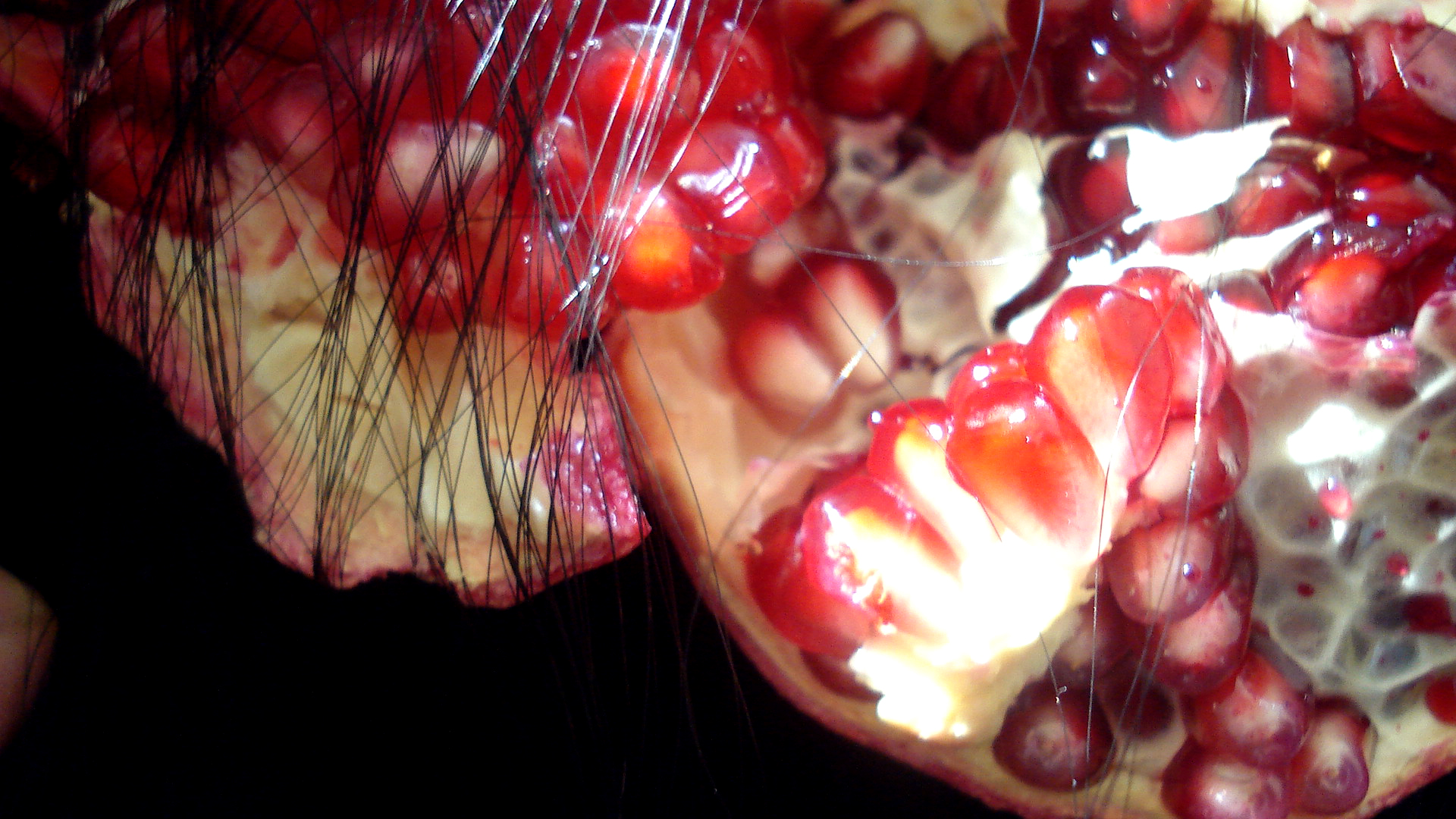|
|
|
|
|
|
Having come to the U.S. in 1980 and observed
firsthand expressions of xenophobia during the "trade war with
Japan," I have focused on the East-West conflict and its impact on the
sociopsychology of our time as the subject matter of my work in performance,
installation and film. While researching Tokyo Rose
(1993-95), I learned that the phrase "Yellow Peril" was first used
by Kaiser Wilhelm II of Germany in 1895.[1] This
made me realize that there is an older, deeper fear of "the
Orient," an abstraction that stretches from Vienna to Tokyo and which
represents, as Philipp Blom, the author of The Vertigo Years
(2008) observed, "everything the Occident is not."[2] In the age of AIDS, the vampire has widely been
accepted as a symbol of the Black Death, itself a result of Europe's contact
with its neighbors to the east and south. The fact that the vampires'
fictional models since the 19th century have been based on the
folklore of the Balkans –– the geographical "bridge"
between Asia and Europe –– led me to suspect that the "evil" had a
human face after all. A meeting in 1999 with a Transylvanian Saxon woman who
had spent time in a Soviet labor camp after WWII moved me to expand the
definition of the "East" to include the Cold War period to the
present. Le Fanu's protagonist Carmilla prefers same-sex
victims and pursues them with erotic fervor. The lesbian overtones of Carmilla
heightened the character's "otherness" to its Victorian readers. I
chose to focus on Carmilla over Dracula because her gender and sexuality made
her a personification of "The Other" the 20th-century
West defined itself against. This continues my exploration of the history and
evolution of negative female figures –– of which Tokyo Rose
(1993/95) was one, and Yoko Ono, the subject of The Heart of No Place (2009),
as "the woman who broke up the Beatles," was at one time –– that
symbolize the age-old fears of the foreign, defined by gender and race. Back Death (bubonic
plague) is now thought to have come from East Africa, devastating the 5th-century
Roman Empire that had been ravaged by the Huns.[3]
The Huns were among many invaders from the East, both Germanic and Turkic:
Gepids, Lombards, Avars, Bulgars and Magyars. The Roman historians’
descriptions of them as “prodigiously ugly and bent” and “put men to flight by
their terrifying appearances”[4]
could have inspired the term untermenschen (literally,
“under-men”) coined by American eugenicist Lothrop Stoddard (1883-1950) as an
antithesis to Nietzche’s “super-man”[5]
and adopted by the Nazis to specifically mean the “horde from the East.”
Eighth-century Muslim conquests of North Africa and Spain effectively
surrounded Europe and helped form its identity.[6][7]
By the 11th century, the Crusader hatred of the Other was such that
they practiced cannibalism on the inhabitants of Ma’arra, present-day Syria
(1098).[8] The Mongols followed,
taking Russia, Hungary and Poland (1239-40).[9]
Religious-military orders formed during the Crusades –– Hospitaler, Templar,
and the Teutonic Knights –– continued to fight this new “scourge.” These
knights’ image as armed “protectors of Christendom,” merged with those of St.
George and St. (Archangel) Michael, would resurface in the Kaiser’s vision of
the “Yellow Peril.” In 1453, the fall of Constantinople marked the end of the
Byzantine Empire. Although the Ottomans, as the Moorish rulers of al-Andalus
(Muslim Spain) did earlier, built a multicultural society in the 16th
and 17th centuries (in contrast, Jews and Muslims of the Iberian
Peninsula were expelled following the Christian Reconquista),
it is by their bloody suppressions of Balkan revolts and by Armenian and Greek
genocides in its declining years that they are remembered.[10] Vlad III Dracul "the Impaler"
(1431-1476) –– the model for Bram Stoker's Count Dracula –– was the prince of
Wallachia and a national hero who fought the Ottomans. The transformation of
a hero to a bloodthirsty monster owes to Transylvanian Saxons who published
luridly illustrated pamphlets in German about Vlad's favorite method of
execution.[10] The
name Dracul derives from the Order of the Dragon sworn to fight the Turks ––
to which Vlad III and his father belonged –– and is synonymous with the Devil
in the Romanian language.[11] The
association points to common demonizing of pre-Christian deities or mythical
creatures of the East. A Roman coin from Valentinian III's reign depicts the
emperor (r.: c. 450-455) stepping on a serpent believed to symbolize Attila
and the Hun.[12] In Stoker's Dracula,
Count Dracula travels in a coffin filled with Transylvanian soil. Blood and
soil (blut und boden, "descent and homeland")
ran in the Nazi and the other early 20th-century fascist
ideologies. The fetishism was taken to an extreme by the Legion of Archangel
Michael, later the Iron Guard, a fascist party of Romania who are said to
have drunk each other's blood and carried sacks of Romanian soil around their
necks.[13][14]
Founded in 1927 by a charismatic mystic named Corneliu Zelea Codreanu
(1899-1938), the Iron Guard combined Eastern Orthodox mysticism and folklore
to advance their brand of nationalism, racial hatred and violence. Winning
support among the peasants and the young, they helped bring about King Carol
II's abdication (1940) before briefly forming a majority in the pro-Nazi
Antonescu government. They carried out the assassinations of premiers Ion G.
Duca (1933) and Armand Calinescu (1939) and former premier and historian
Nicolae Iorga (1940), as well as the horrific Bucharest Municipal
Slaughterhouse pogrom in January 1941, in which they hung the mutilated
bodies of Jews from meat hooks.[15]
After Codreanu's death in 1938, the Guardists marched with signs that read
"Codreanu Present,"[16] and
in 1940 exhumed his badly decomposed body for a grand funeral. Their
allegiance to an undead leader, as well as his gruesome reburial, calls to
mind the vampire myth as well as the Christian belief in resurrection and
life after death.[17]
Their claiming of Archangel Michael as their patron saint aligns them with
the medieval idea of a divinely enabled hero who would battle the evil
dragon: Communists and Jews, regarded as enemies of the Romanian people.[18] In 1999, I visited Berlin artist Susken Rosenthal
at her parents' home near Stuttgart. Without this encounter, I would have set
my story in Styria (Southern Austria) as is Le Fanu's Carmilla. I
learned that Ms. Rosenthal's parents are Transylvanian Saxons from Sibiu
(Hermanstatt), and that her mother had been deported to Soviet labor camps
after WWII. According to Robert D. Kaplan, the author of Balkan Ghosts
(1989), it was part of a mass extermination plan that killed 50% of
deportees.[19] (The
number of the deportees is estimated as 27,000 by hungarianhistory.com;
"approximately 30,000" by sibiweb.de and 26,000 according to
geneologienetz.de.) Transylvanian Saxons had come to Transylvania in the
1200s, and by the 20th century comprised the middle class in
Transylvania, much like the Jews in the rest of Romania. The Rosenthals had
just visited their hometown of Sibiu. One of the photos her father took on
the trip was of a fortified church in which the whole village took refuge
during Mongol then Turkish and Tatar raids well into the 18th century.[20] I am admittedly a casual observer, brought up outside of either Christian or Muslim traditions. But to me, there seems a lot of the East in Eastern Europe: the arabesquelike patterns that adorn the interior of Matthias Church in Budapest (named after Dracula's contemporary, King Matthias of Hungary) or the mournful tonalities of Bulgarian folk songs. These do not seem to be souvenirs of hated conquerors but like distant memories that seep out of the ground. On what might be a gradual merging between the "East" and the "West," an artificial line seems to have been imposed, by differences in religion or ideology. It might be these elements of the Orient in the European "self" that cause the dread, and they might have, under persistent threats of invasion and conquest, manifested themselves as monsters. And how are we to know that we are no longer under the spell of these same fears that gave birth to the mythical monster? All one has to do is to observe the reactions of our fellow citizens to the economic ascendancy of China, or to the plan for a new mosque in New York City, or to the alleged "socialist" bent of the Obama Administration. My Carmilla
unfolds in dual time. One layer of the narrative follows the original LeFanu
story in 19th-century Styria. The other takes place in Romania, on
the eve of World War II, through the Cold War period and ending in
present-day Berlin. The titular character becomes the link between the two
time periods. |
|
|
|
|
|
 armilla
armilla



